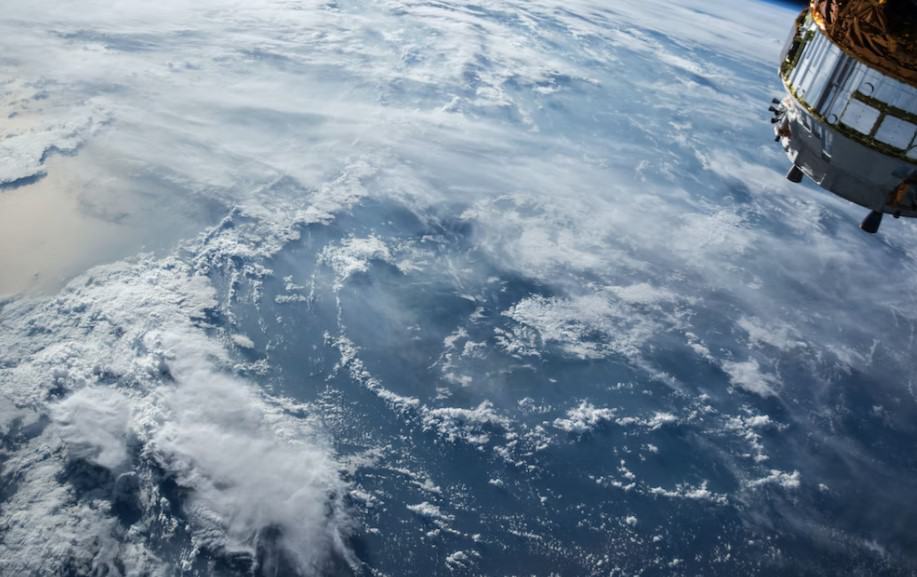In an unprecedented rehearsal, NASA’s spacecraft closed in fast on an asteroid Monday.
The galactic grand smash was to take place at a harmless asteroid 7,000,000 miles (9.6 million kilometers) away. Dart, a Dart spacecraft, will drive into the rock at 14,000mph (22,500 km/h). Scientists anticipated that the impact would create a crater, hurl rocks and dirt into space, and, most importantly, alter the asteroid’s orbit.
The spectacle was captured by telescopes in space and around the globe. Although the impact should be obvious immediately, with Dart’s abruptly ending radio signal, it will take days or even weeks for anyone to know how much the asteroid changed its path.
The $325 million mission marks the first attempt at shifting the position of asteroids or other natural objects in space.
NASA Administrator Bill Nelson tweeted, “No, this plot is not a movie.” He said, “We’ve all seen this in movies like Armageddon’ but the real-life stakes can be high,” in prerecorded audio.
Monday’s target is a 525-foot (160 meters) asteroid called Dimorphous. It’s a moonlet named Didymos, Greek meaning twin. This fast-spinning, five-times larger asteroid spins off the material that made the junior partner.
They have orbited the sun for thousands of years without threatening Earth. This makes them excellent candidates for save-the-world tests.
The vending machine-sized Dart, short for Double Asteroid Redirect Test, was launched last November. It used new technology from Johns Hopkins University’s Applied Physics Laboratory to navigate to its target.
A mini satellite followed a few minutes later to take photos of the impact. Two weeks ago, the Dart satellite released the Italian Cubesat.
Scientists insist that Dart wouldn’t destroy Dimorphous. The spacecraft weighed just 1,260 pounds (570 kg) compared to the asteroid’s 11 billion pounds (5 million kilograms). However, that should be enough to shrink Didymos’ 55-minute orbit.
Although the impact should reduce that time by 10 minutes, telescopes will still need to be able to verify the new orbit for anywhere from a few days up to almost a month. Scientists acknowledged that the 1% orbital shift might not seem like much. They stressed that it would be a significant shift over many years.
If there is enough time to maneuver a comet or asteroid out of its way, experts in planetary defense prefer to nuke it. This is better than having multiple pieces fall on Earth. For large space rocks, multiple impactors may be required. A combination of impactors with gravity tractors (non-patented devices that use their gravity to pull an object into a safer orbit) might also be necessary.
“The dinosaurs didn’t have a satellite program to help guide them, but we do,” NASA senior climate advisor Katherine Calvin stated. She was referring to the mass extermination that occurred 66 million years ago and is believed to have been caused either by an asteroid impact, volcanic eruptions, or both.
Since its inception by astronauts and physicists over 20 years ago, the non-profit B612 Foundation has advocated for Dart impact tests. The Foundation’s Executive Director, Ed Lu (a former astronaut), warned that Monday’s dramatic actions were insufficient to identify the many space rocks.
NASA estimates that less than half the 25,000 near-Earth objects found in the Earth’s dangerous 460-foot (140 meters) range have been detected. NASA also says that less than 1% of millions of smaller asteroids capable of causing widespread injury are known.
Lu observed that the Vera Rubin Observatory in Chile, near completion by the National Science Foundation (US Energy Department), promises to revolutionize the field of asteroid discovery.
Tracking and finding asteroids is still the main goal. He said that this was the only way to save the Earth.

